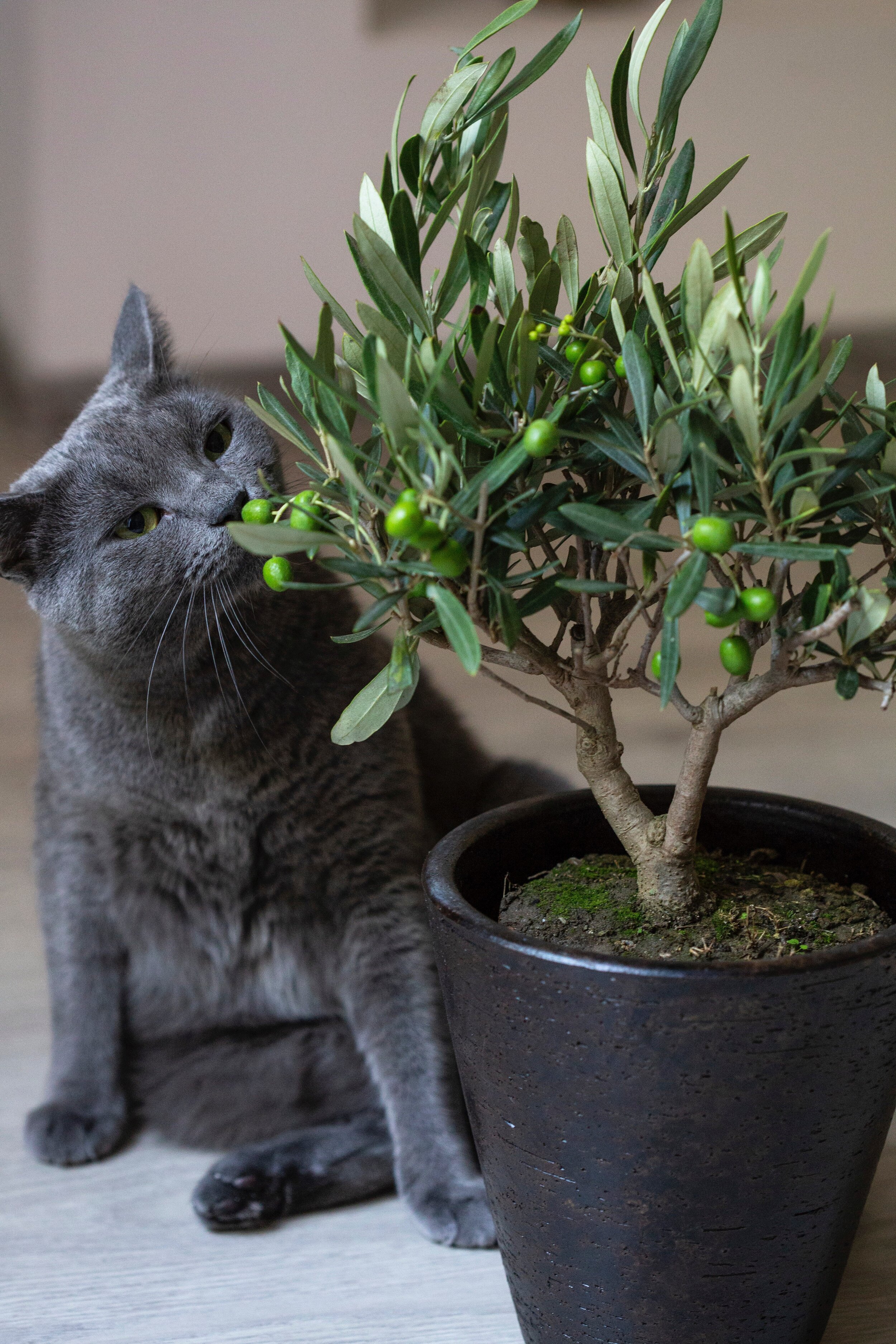Houseplants not only add beauty and freshness to our homes, but they also have numerous benefits such as improving air quality and reducing stress. However, as pet owners, it is our responsibility to ensure that the plants we bring into our homes are safe for our furry friends. Many popular houseplants can be toxic to pets if ingested, causing them harm or even death. This is why it is crucial to choose pet-safe houseplants when decorating our homes. In this guide, we will discuss everything you need to know about selecting pet-friendly houseplants.
1. Understanding Why Certain Plants are Harmful to Pets

Before we dive into how to choose pet-safe houseplants, it is essential to understand why some plants can be harmful to our pets. Many common houseplants contain toxins that can cause mild to severe reactions in animals. These toxins can affect different parts of the body, including the gastrointestinal, nervous, and urinary systems. Some plants may cause skin irritation, while others can lead to organ failure and even death.
What Makes a Plant Toxic to Pets?
Several factors determine whether a plant is poisonous to pets. Here are some common characteristics of toxic plants:
- Parts of the plant: Some plants may have specific parts, such as leaves, stems, or berries, that contain higher levels of toxins than others.
- Type of toxin: Different plants contain different types of toxins, such as alkaloids, glycosides, or oxalates, which can have varying effects on pets.
- Amount ingested: The amount of the plant ingested by the pet can also determine the severity of the reaction.
- Size and weight of the pet: Smaller pets and those with weaker immune systems may be more susceptible to the effects of toxic plants.
- Species: Some species of animals may have a higher sensitivity to certain toxins found in plants.
Common Toxic Houseplants for Pets
Now that we understand the factors that make a plant toxic to pets, let's take a look at some common houseplants that can be harmful to our furry friends:
| Plant Name | Common Symptoms |
|---|---|
| Aloe Vera | Vomiting, diarrhea, loss of appetite, tremors |
| Caladium | Difficulty breathing, drooling, oral irritation |
| English Ivy | Skin irritation, vomiting, abdominal pain, weakness |
| Peace Lily | Mouth and throat irritation, difficulty swallowing, drooling |
| Sago Palm | Liver failure, seizures, vomiting, diarrhea |
| Snake Plant | Nausea, vomiting, drooling, stomach upset |
2. How to Choose Pet-Safe Houseplants

Now that we know which plants to avoid, let's discuss how to choose pet-safe houseplants for our homes. Here are some tips to keep in mind:
Research Before You Buy
Before purchasing a new houseplant, always do your research. Look up the plant's scientific name and check if it is safe for pets. It is also helpful to read reviews from other pet owners who may have experience with the plant.
Opt for Non-Toxic Plants
Some plants are known to be non-toxic to pets, making them a safer option for pet owners. These include spider plants, African violets, Boston ferns, and most succulents. However, keep in mind that even non-toxic plants can still cause mild reactions, such as stomach upset or skin irritation, if ingested in large quantities.
Consider the Placement of Plants
When choosing houseplants, consider where they will be placed in your home. Avoid placing toxic plants in areas where your pets have easy access, such as on low shelves or near their favorite lounging spots. Instead, opt for hanging plants or place them on higher surfaces that your pets cannot reach.
3. Pet-Friendly Houseplants for Your Home

Now that we know how to choose pet-safe houseplants, let's take a look at some pet-friendly options to consider for your home:
Spider Plant
The spider plant is a popular choice for pet owners as it is non-toxic to cats and dogs. It is also easy to care for and can thrive in low light conditions. This plant has long, cascading leaves that add a touch of greenery to any room.
Bromeliad
Bromeliads are another excellent choice for pet owners. These tropical plants have vibrant, colorful flowers and are non-toxic to pets. They prefer bright, indirect light and can be grown in soil or water.
Cast Iron Plant
The cast iron plant is known for its hardiness and ability to survive in low light and neglect. It is also safe for pets, making it a great option for busy pet owners. This plant has dark green, sturdy leaves that can add a touch of elegance to any room.
FAQs about Pet-Safe Houseplants
Are there any natural remedies for a pet who has ingested a toxic plant?
If you suspect that your pet has ingested a toxic plant, contact your veterinarian immediately. They may recommend inducing vomiting or administering activated charcoal to prevent further absorption of toxins. However, do not attempt to treat your pet at home without consulting a professional.
Can I still have toxic plants in my home if I keep them out of reach of my pets?
It is always best to avoid having toxic plants in your home, even if they are placed out of reach of your pets. Accidents can happen, and it is better to be safe than sorry when it comes to the health and well-being of our furry friends.
Are there any warning signs that my pet has ingested a toxic plant?
Symptoms of plant toxicity in pets may vary depending on the type of plant and the amount ingested. Some common symptoms include vomiting, diarrhea, drooling, difficulty breathing, and changes in behavior. If you notice any of these signs, seek immediate veterinary care.
Can indoor plants be harmful to pets even if they are not toxic?
Yes, some plants can still cause mild reactions in pets, such as stomach upset or skin irritation, even if they are not considered toxic. Always research plants before bringing them into your home and keep an eye on your pets for any unusual reactions.
How often should I check if my houseplants are safe for pets?
It is a good idea to check the safety of your houseplants regularly, especially if you have curious pets who like to chew on plants or dig in soil. As a general rule of thumb, it is best to do your research before purchasing any new plants for your home.
In Conclusion

As pet owners, it is our responsibility to create a safe and healthy environment for our furry friends. By following the tips and guidelines mentioned in this guide, you can ensure that the houseplants in your home are safe for your pets. Remember to always do your research and consider your pet's safety when choosing new plants for your home. With careful consideration, you can have a beautiful and pet-friendly indoor garden that both you and your pets can enjoy.



